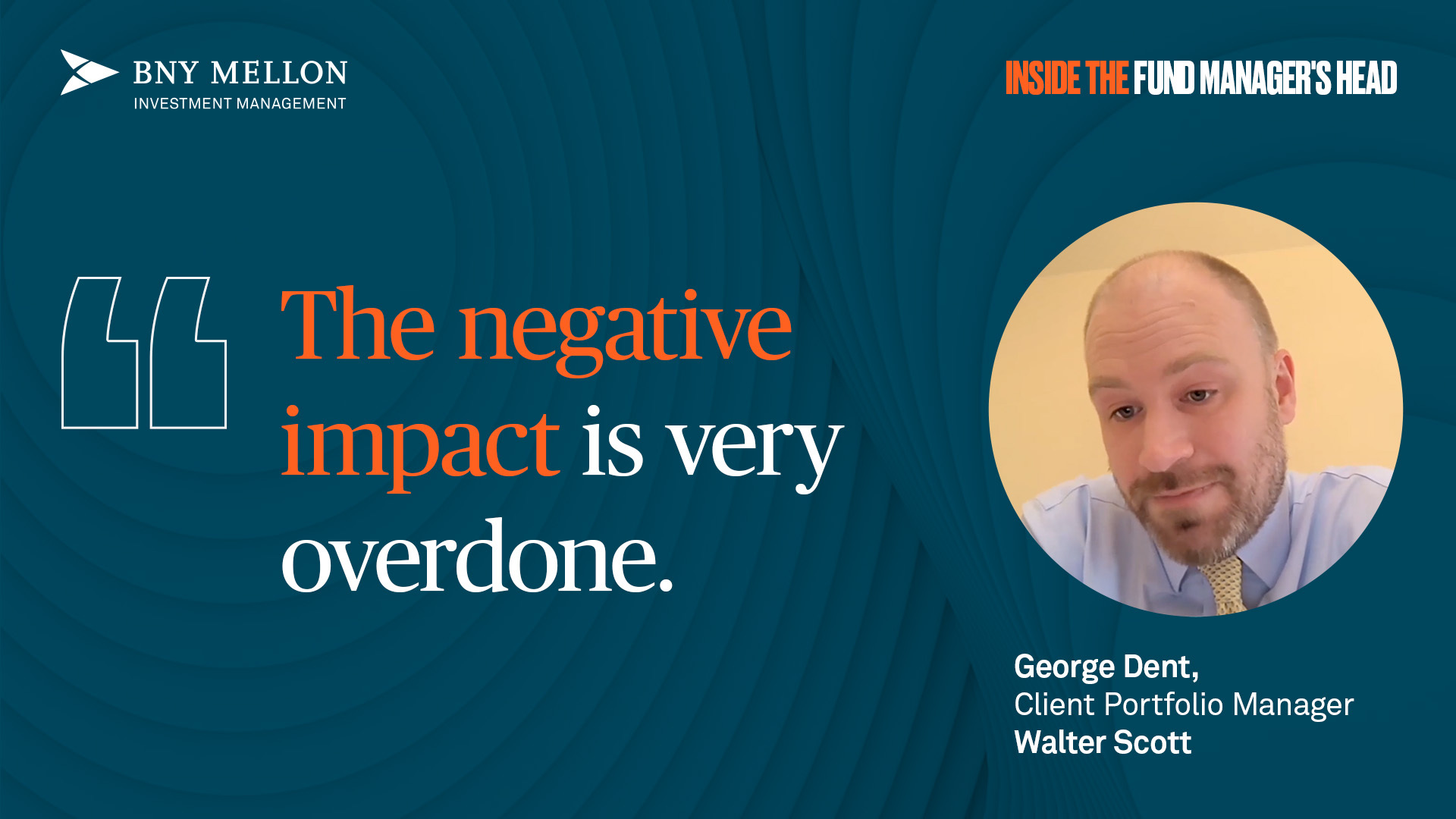A leading fund manager indicator has triggered a buy signal for risk assets for the first time since January, according to Bank of America Merrill Lynch, driven by outflows from emerging market assets and a rally in US Treasuries.
The bank’s flagship positioning model – the BofA Merrill Lynch Bull & Bear Indicator – fell from 2.4 to 1.3 triggering a contrarian ‘buy’ signal.
A reading of below 2.0 for the indicator – which measures cross-asset positioning using 18 flow, sentient, price and technical indicators – suggests that investor positioning is extremely bearish.

The fall in the indicator was prompted by outflows from emerging market assets combined with a rapid rally in Treasuries against corporate bonds and oversold MSCI equity country index.
Since the start of the year, the bank noted, $325bn has flowed into bonds, and $12bn more has found its way into gold.
Demand remains strong for investment grade corporate bonds, according to BAML, while inflows to government bonds have slowed.
The flows into bonds – including $160bn in the past three months – could be suggestive of a ‘bubble’ in the bond market, driven by “deep global recession fear and global capitulation into ‘Japanification’ theme”.
Concerns of ‘Japanification’ – the process by which extraordinary monetary policy has propelled bond yields lower – have intensified in recent months as negative yields have become increasingly prevalent.
The bank noted that large bond inflows have often preceded big policy changes (as in 2010, 2012 and 2015), while large outflows coincide with “the most bearish returns across asset classes”.
In equities, there have been $204bn in outflows with inflows largely confined to more defensive areas such as utilities and property (real estate investment trusts). Sectors that have seen investor interest wane include healthcare, financials and natural resources.
Since the indicator began in 2000, the median three-month returns from 16 ‘buy’ signals during that period has been a 6.3 per cent rise in global stocks a 50 basis points rise in 10-year Treasury, stocks outperform investment grade bonds by 1,050 basis points, and high yield debt outperforms government bonds by 650 basis points.
This has been true in each of the previous 16 ‘buy’ signals, apart from the rise global stocks, which has only occurred in 10 instances.
Given market conditions, the bank remains bullish on risk assets in 2019 – particularly stocks and commodities – driven by bearish positioning and bullish monetary policy.
While the US-China trade war remains a significant headwind, the response so far has been bullish with the re-introduction of lower rates rather than recession.

Source: BofA Merrill Lynch
Nevertheless, there are reasons to remain cautious in 2020, the bank’s analysts noted.
They remain bearish as the risks of recession, policy impotence and bond bubble risk induce a ‘big top’ in credit and equity prices as spreads troughs and equity multiples peak.
While the bank remains bullish for the rest of the year, there are several potential shocks that could still have a significant impact on market performance.
On the positive side, there could be an orderly rise in yields and a ‘great rotation’ from bonds to stocks should policymakers successfully postpone recession.
Negative risks include the bursting of the bond bubble, which could contribute to a disorderly rise in yields and lead to deleveraging by banks and recession.






